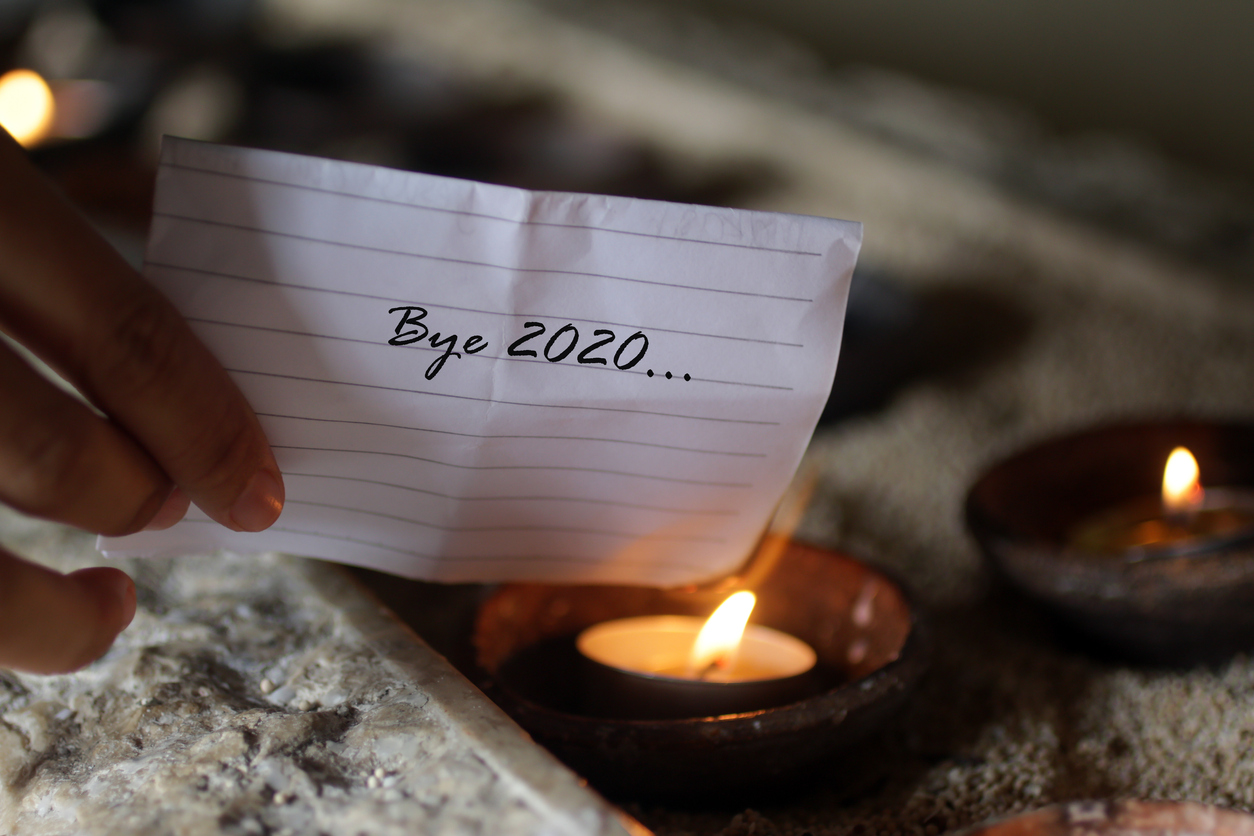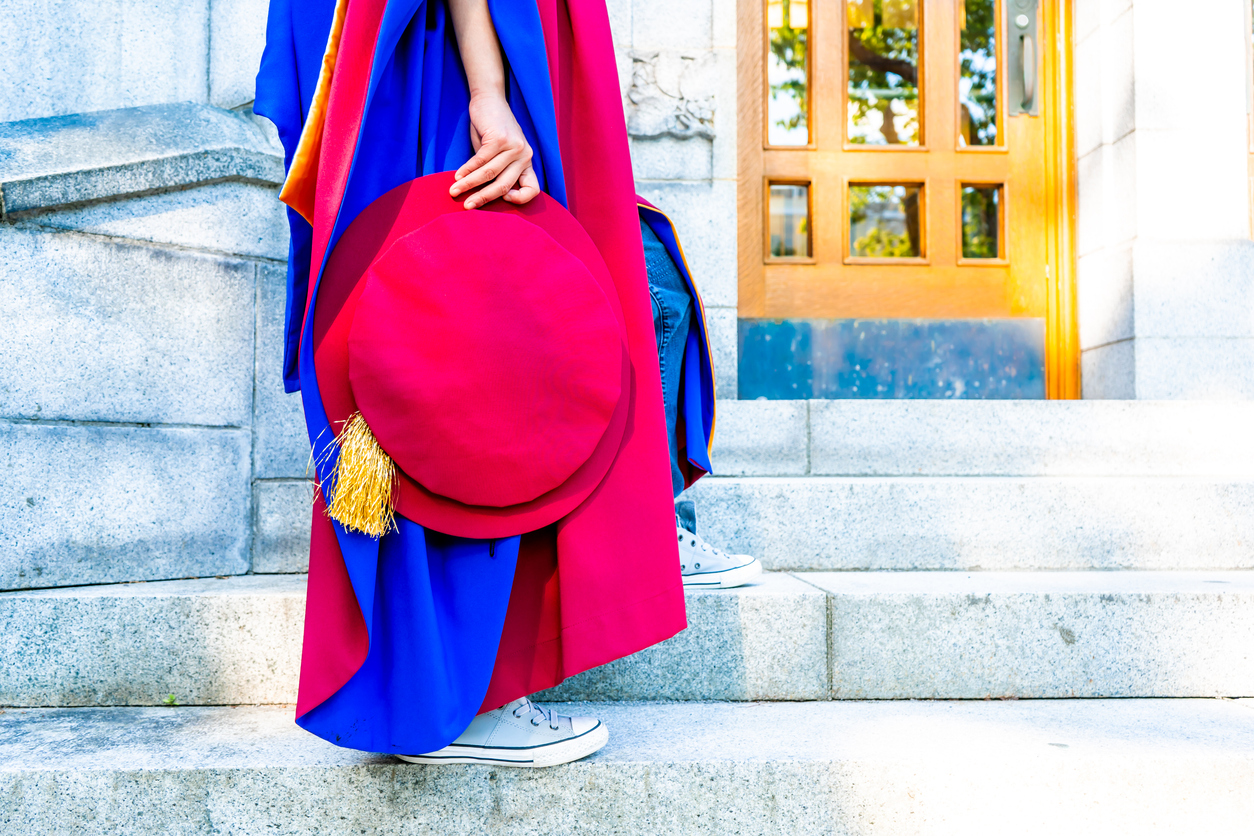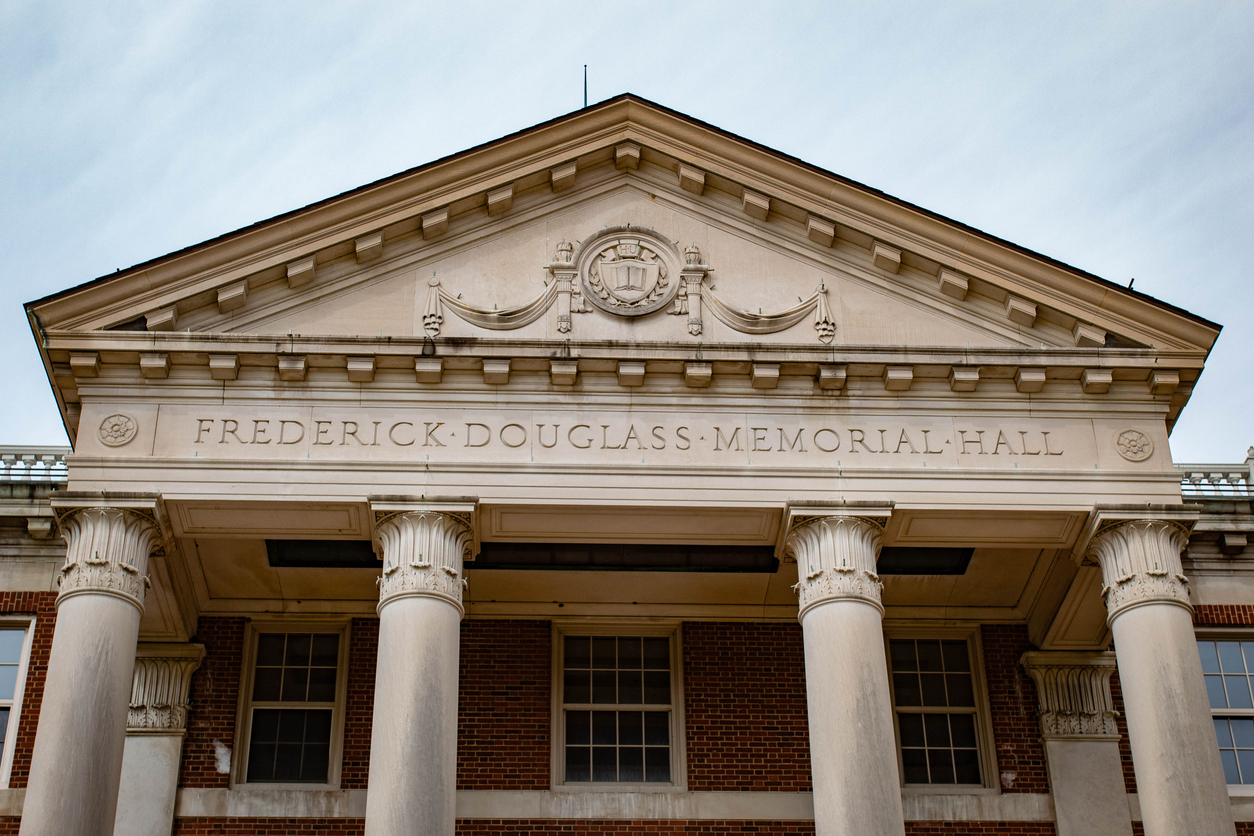I recently served on a committee to address the diversity of an organization. The head of the organization and the diversity committee was a white man. I believe he truly was sincere in his desire to achieve greater racial and class diversity. As he shared his hopes for the committee and organization, he made a quick and fleeting statement, “I want us to be colorblind.” I cringed. The statement was not the point of his commentary, so I didn’t think it necessary to bring it up right there. However, because I think our language choices reflect our worldview, I did think it was important to share why the word is problematic to me after the meeting. I don’t profess to speak for all African Americans, but many that I personally know would also find the word troubling. I shared the three reasons I don’t want to live in a colorblind society.
- When one says, “I don’t see color,” I hear, “You don’t see me.”
After my identity in Christ, the next largest factors of my identity are my race and gender. I love being an African American woman and I want others to see me for that. My race and gender shapes how I see the world and my experiences. I am also aware it shapes how others might see me. To say, “I don’t see color,” negates my experiences as an African American woman in a society and culture where the construct of race is embedded in the fabric of who we are.
- When we say we don’t see color, we simply are lying.
We see and make judgments about other demographic categories everyday. While I might be willing to engage in a conversation with another women who is a stranger about period cramps, that is not a conversation I would have with a man who is a stranger and probably not with one I know. There are some topics I’ve discussed with my 13 year-old and her friends that I would not discuss yet with my 10 year-old. I was born a Midwesterner, have lived in the East and now live in the South. Though all share commonalities of being in the United States, some cultural practices, ways of doing and saying things are unique to each. I don’t expect a native of the East Coast to behave or appreciate the cultural practices of the Midwest. With these examples, we make accommodations for gender, age and region because we see and recognize the difference. But, race is the only one we want to pretend not to see, when by the very fact of living in the U.S., we DO see it. And, the overwhelming majority of us make judgments based on race.
About 20 years ago, I was a church youth leader and, I got stuck in the sand with the youth on a rental van I was driving during a week-long retreat in Gulfport, Mississippi. Several motorists stopped and tried to help. I was least comfortable when three white men, in a pick-up truck, with a confederate flag displayed on the truck stopped. They were loud and at least to two passengers appeared to have been drinking. I was suspect of their intentions. They had a chain in their truck, attached it to our van, got us out of the sand, and went on their way.
All of us run the risk of making incorrect judgments when we don’t take the time to get to know people or impose our previous experiences on current ones. But, first, we must acknowledge that we do indeed see and make judgments about race.
- Jesus sees difference, so why can’t we?
God created difference. Jesus affirms diversity. If this were not so, we would all be the same. While all of the original disciples of Jesus were Jewish, they were all different in profession, class and personality. Jesus ministered to the Samaritan woman (John 4) and the man possessed with demons in Gadara (Mark 5). Both Gentiles and the Samaritans were despised. Jesus valued diversity in the people who used to spread the gospel and people to whom he ministered. But, the ultimate affirmation of diversity is that he died for everyone.
I offered the head of the organization a metaphor of a box of crayons. I would rather create a masterpiece with a box of 64 crayons than the 4 primary colors that come with a children’s menu at a restaurant. Pink creates a different look than green. And bronze can’t do what orange does. I want to live in a colorful society! I want to see diversity. I would rather be color-conscious so that I can see and be seen, value and be valued as the diverse society we are. The more color we have the better!







